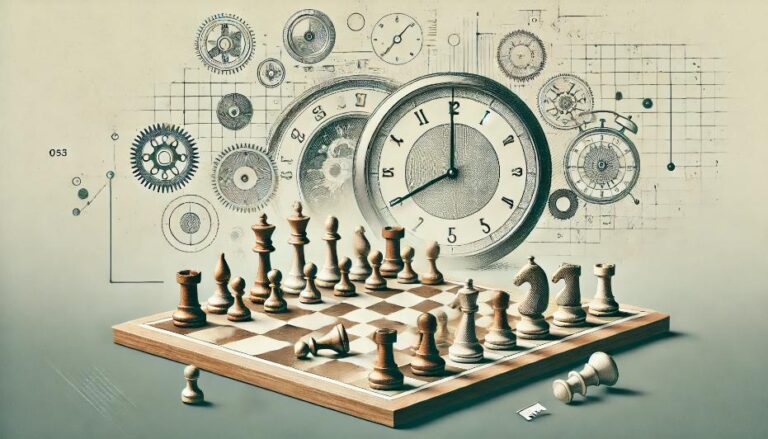Introduction
Chess is a game of strategy, where two players try to outsmart each other on a 64-square checkered board with 32 pieces. The ultimate goal of chess is to checkmate your opponent´s king, where the king is threatened with capture and has no way to escape. However, in some situations, neither player can achieve checkmate, resulting in a draw. In this guide, we will discuss the different draw rules in chess, their significance, and when they may occur during a game.
Stalemate
A stalemate occurs when it is one player´s turn to move, and their king is not in check, but they have no legal moves they can make. This situation leads to an automatic draw. It is considered a draw because the player with no legal moves cannot be checkmated. This outcome is often seen as a missed opportunity for the player with the advantage, as they were not able to capitalize on their position to achieve checkmate. Stalemates can happen in different ways, and it´s essential to be aware of these possibilities during a game.
The most common way to end up in a stalemate is through careless play. As the game progresses, some players get caught up in attacking their opponent that they forget to pay attention to their own king´s safety. This can result in the player’s king being boxed in by their own pieces, leaving them with no legal moves.
Another way to end up in a stalemate is through perpetual check. This occurs when a player repeatedly checks the opposing king, but neither player can achieve checkmate. In this situation, the game ends in a draw as the player being checked is unable to get out of the checking cycle without being put in check again.
It is essential to pay attention to your own king´s safety during a game to avoid falling into a stalemate. If you have enough material to win the game, be cautious not to force a stalemate unintentionally.
Threefold Repetition
In chess, if the same position on the board repeats three times with the same player to move, the game results in a draw. This is known as the “threefold repetition” rule. The position doesn´t have to occur consecutively; it can happen throughout the course of a game.
This rule applies when the same position occurs with the same player on move repeating three times. This repetition can happen with different pieces, but as long as the same position occurs three times with the same player to move, the game ends in a draw. It is vital to note that if the same position occurs four times, it is still a draw, and not a win for the player with the advantage.
The threefold repetition rule is often used as a strategic tool by players to force a draw when they are in a disadvantageous position. If a player is in danger of losing their game, they may try to maneuver the pieces in a way that the same position occurs three times to secure a draw. On the other hand, it is essential to be aware of this rule to avoid falling into this trap and miss an opportunity to win the game.
Fifty-Move Rule
The fifty-move rule states that if there have been fifty consecutive moves by each player without any capture or pawn move, the game results in a draw. This rule is in place to discourage players from trying to prolong a game indefinitely by making unproductive moves.
The fifty-move rule does not apply to all situations; there are exceptions when the game is unlikely to end in a draw. If one player is in check, the rule does not apply as the player is under immediate threat of losing and must make a productive move. Another exception is when a pawn is moved, as this move cannot be unproductive, and the counter is reset to zero.
This rule is relevant in situations where both players have only a few pieces left on the board, and neither has a clear path to win. It encourages players to play actively and strategically, rather than trying to drag out a game in hopes of a draw. It also forces players to think ahead and be mindful of their moves to avoid getting into a position where the fifty-move rule may come into play.
Conclusion
In conclusion, knowing the different draw rules in chess is crucial for young players to understand the game fully. Stalemate, threefold repetition, and the fifty-move rule are all significant aspects of the game that players should be aware of to avoid falling into a drawn game unintentionally. They also present strategic opportunities for players to force a draw or, in some cases, try to win the game. As with all aspects of chess, practice and experience will help players become more skilled in recognizing and utilizing these draw rules effectively.

